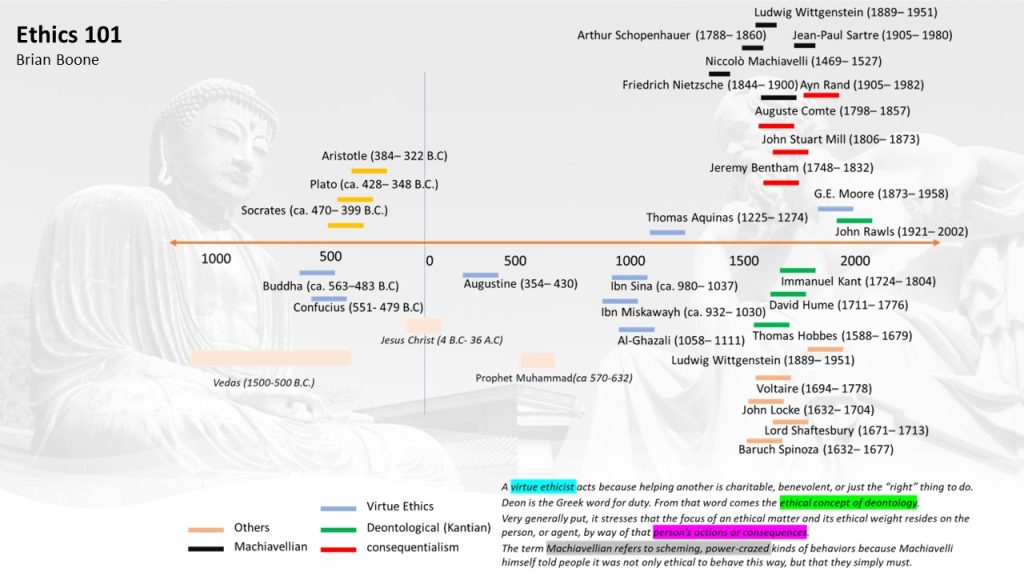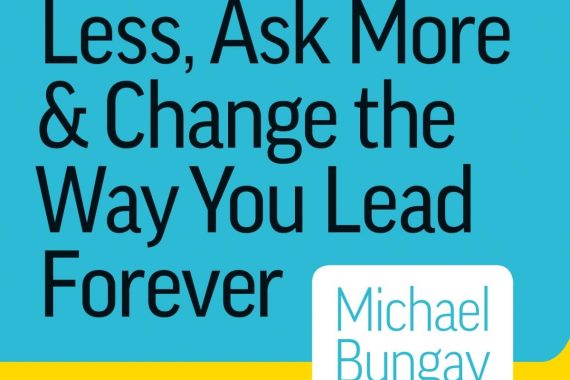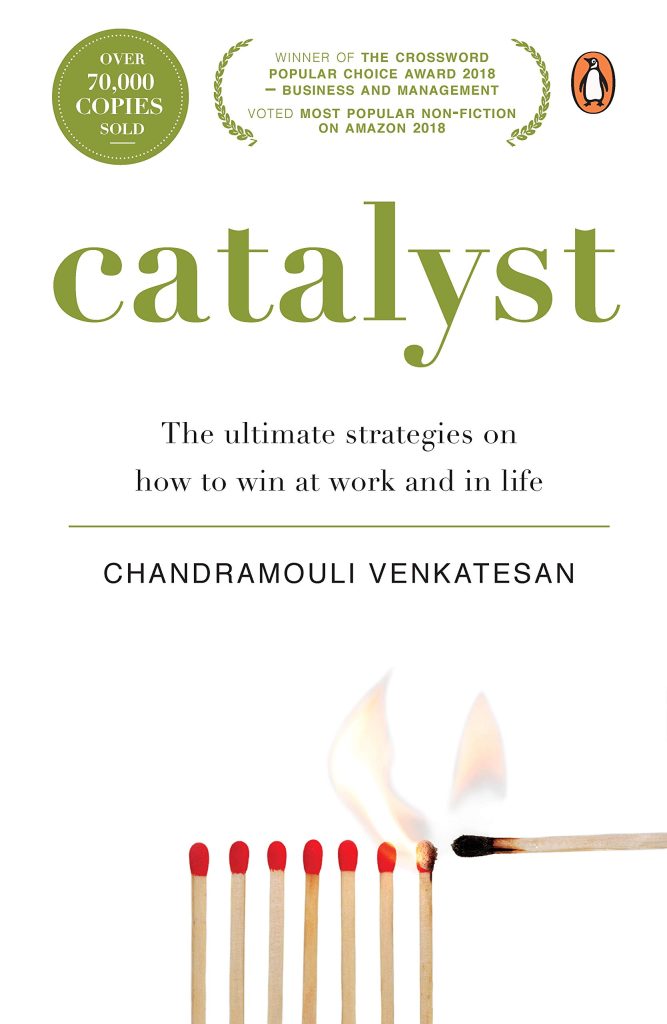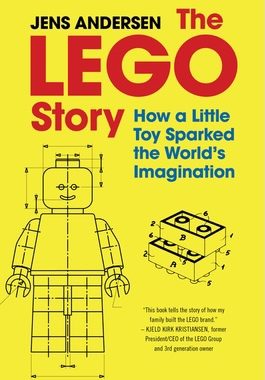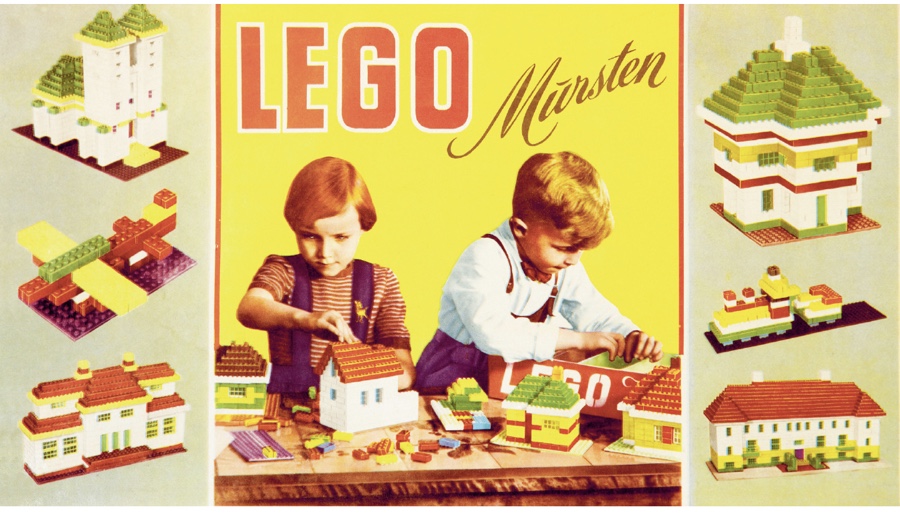I read somewhere that the technology keeps on changing, but the economics do not. However, I recently encountered two books with thought-provoking and belief-conflicting theories. Both Nassim (writer of the famous book Black Swan & Antifragile) and Thomas Sowell (Known capitalistic economist) are subject-matter expert, and both are working in economies of scales.
The challenge was for me to read these books together, in order to gain a greater perspective on risk management and how economies work. The books are on different topics, but the genre is the same… how the environment manages/appreciates/supports risks.
Nassim’s writing is complex, and sometimes you may feel highly biased, but don’t fall for it, what he does is ask questions, and make you dwell deeper in to conflict, as there you may realize the fundamentals. Sowell is straightforward, easy to read, and I can see bias, but the examples given and logic explained make me conflict with my belief system, which gives me better insights on the subject.
I’m unable to make a mind map this time around; however, the following summary will give you some insights.
Both “Skin in the Game” by Nassim Nicholas Taleb and “Basic Economics” by Thomas Sowell are well-regarded books, but they approach the subject from different angles and with different emphases. Here are some potential points of conflict or difference between the two:
1. Approach to Risk and Uncertainty:
• Taleb: In “Skin in the Game,” Taleb stresses the importance of personal risk in decision-making. He argues that systems are more stable and ethical when individuals have a personal stake in the outcomes of their actions. Taleb is also known for his focus on the impact of highly improbable events (“Black Swans”) and how they can disrupt systems.
• Sowell: “Basic Economics” is more of a foundational overview of economic principles. While it touches on risk in terms of costs and benefits, it doesn’t delve deeply into the philosophical or ethical implications of risk in the way Taleb does.
2. Role of Experts:
• Taleb: Taleb is often critical of experts, especially when they don’t have “skin in the game.” He believes many experts can make predictions or decisions without facing the consequences of being wrong.
• Sowell: While Sowell also criticizes some experts, especially when discussing the potential pitfalls of central planning, his approach in “Basic Economics” is more to explain economic principles clearly rather than to critique the role of experts in decision-making.
3. Government Intervention:
• Taleb: Taleb doesn’t necessarily oppose government intervention, but is sceptical of interventions by individuals or entities that don’t bear the risks of their actions.
• Sowell: In “Basic Economics,” Sowell often points out the unintended consequences of government interventions in the market. He leans towards a free-market perspective, emphasizing that many government interventions can lead to inefficiencies or distortions in the market.
4. Nature of Economics:
• Taleb: Taleb’s works, including “Skin in the Game,” tend to be more philosophical and touch upon a wide range of subjects, not just economics. He typically integrates ideas from probability, ethics, and epistemology.
• Sowell: “Basic Economics” is more focused. It’s an introductory text that lays out the foundational principles of economics in a straightforward manner.
5. Writing Style:
• Taleb: Taleb’s writing can be polemical and is frequently interlaced with anecdotes, historical examples, and philosophical musings.
• Sowell: Sowell’s writing in “Basic Economics” is clear, direct, and educational, aiming to explain economic concepts simply.
Both Nassim Nicholas Taleb and Thomas Sowell have expressed political viewpoints, albeit from different angles and frameworks. Here’s a brief summary of their political stances based on their writings and public statements:
1. Thomas Sowell
— Free Market Capitalism: Sowell is a strong proponent of free market capitalism. In “Basic Economics” and other works, he argues that market mechanisms are the most efficient way to allocate resources and that many problems arise from government interventions.
—Conservatism: Sowell is often identified with conservative viewpoints, especially in the American context. He has critiqued various progressive policies, especially those that, in his view, don’t consider the economic consequences.
— Race and Culture: In books like “Race and Culture,” “Black Rednecks and White Liberals,” and “Intellectuals and Race,” Sowell argues against a victimhood narrative and suggests that cultural factors play a significant role in the success or challenges of different groups.
2. Nassim Nicholas Taleb:
— Decentralization: One of Taleb’s recurrent themes is the idea that smaller, decentralized systems are more robust and antifragile. He regularly critiques large-scale top-down interventions and bureaucracies.
— Scepticism of Experts: As mentioned earlier, Taleb is sceptical of experts who don’t bear the consequences of their decisions, which has political implications in terms of policymaking and governance.
— Ethical Framework: Taleb’s “skin in the game” concept is as much an ethical principle as it is a practical one. He believes that decision-makers should bear the risks of their decisions, leading to more ethical and robust systems.
—Political Classification: Taleb has resisted being easily classified under traditional political labels. He often critiques both left and right viewpoints, focusing instead on principles like antifragility and skin in the game.
While both authors might overlap in their scepticism of certain types of top-down interventions, their reasons and frameworks differ. Sowell’s critiques frequently come from an economic efficiency and individual freedom perspective, while Taleb’s come from a risk, ethics, and systemic robustness viewpoint.
In “Skin in the Game” by Nassim Nicholas Taleb, the concept of asymmetry plays a central role. Taleb uses several examples and situations to illustrate the idea that when there’s a misalignment of risks and rewards, or when one party bears more risks than the other, it can lead to systemic problems. Here are some examples of asymmetries discussed in the book:
1. Bankers and Bailouts: One of the most cited examples is the 2008 financial crisis. Bankers had incentives to take large risks because they reaped the rewards when things went well but faced limited consequences when things went wrong, as many banks were bailed out. This is an asymmetry because the risks were effectively transferred to taxpayers.
2. Consultants and Decision-making: Taleb talks about consultants giving advice. If the advice works, they get paid and hailed, but if it goes wrong, it’s the company that suffers. The consultant doesn’t have “skin in the game.”
3. Bureaucrats and Wars: The decision-makers who opt for war might not have personal risks involved (they or their loved ones are not on the frontline). This disconnect can lead to poor decision-making because those making the decisions aren’t bearing the full consequences.
4. Centralization: Larger, centralized entities making decisions for a diverse range of smaller entities can lead to asymmetries. Decisions made centrally might not consider local nuances, and if those decisions are detrimental, it’s the local entities that bear the brunt.
5. Minority Rule: Taleb describes how a small, intransigent minority can dictate the preferences of a more flexible majority. For instance, if a small percentage of the population has a specific dietary restriction and is inflexible about it, food producers might find it easier to cater to that restriction universally, making the minority’s preference the de facto standard.
6. The Bob Rubin Trade: Taleb often cites the example of Robert Rubin, a former U.S. Treasury Secretary and Citigroup executive. Rubin received large bonuses when the risky investments he endorsed did well, but when those same investments later resulted in significant losses, he didn’t face corresponding personal financial consequences.
These examples underscore the central theme of the book: that it’s vital for decision-makers to have “skin in the game” to ensure that risks and rewards are aligned, leading to more ethical, robust, and effective systems.
Have a nice good read
Join my reading challenge Sumit’s 2023 reading challenge | Goodreads




